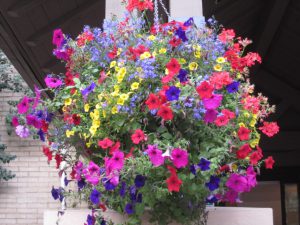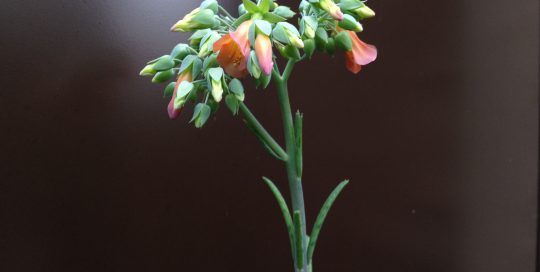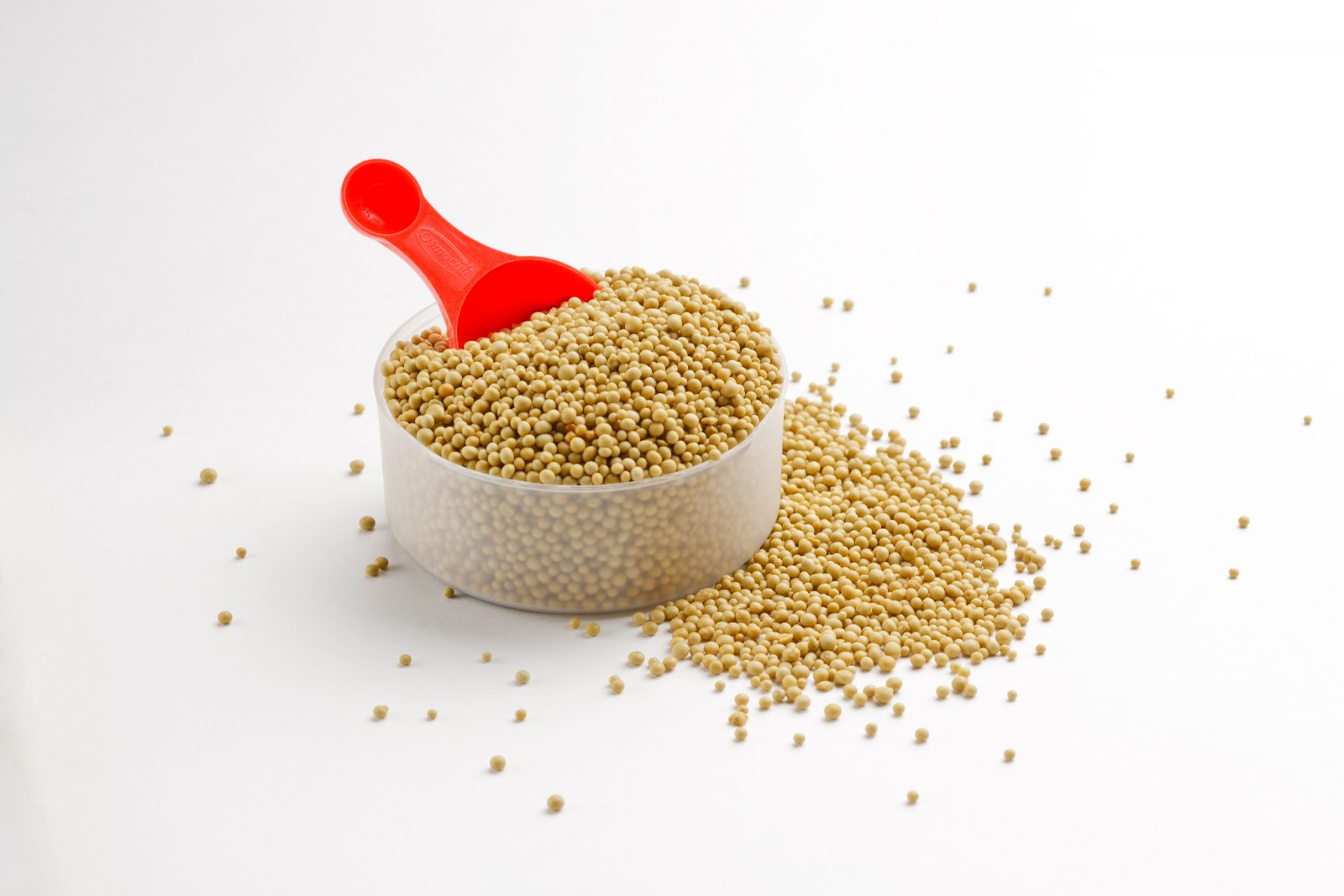Caring for Petunias
Views: 6433

I have to be honest, I have a real love-hate thing with Petunias.
I love them in the beginning of the growing season, and hate them by the end. Since I have had a choice in the matter, I have avoided buying them for annual flower containers until this year, when a flat of soft yellow petunias caught my eye in a nursery. They looked so pretty that I broke my decade-long no-petunia streak and purchased them for a mixed container I was designing for a client.
Hopefully I won’t regret this decision. Maybe this is the year Petunias will redeem themselves to me.
No matter what I try, it seems like Petunias always end up a straggly mess of long stems with one or two blooms on the very end. I have tried trimming them back at various points of the growing season without much luck. Usually the stem I trim just dies back further, rather than sprouting new growth.
But not this year. This is the year that Petunias and I will figure it out together, or maybe it’s the year that I give up on Petunias again completely, but at least I’m giving them another chance.
Petunia Care
Petunias (supposedly) are an amazing annual flower that bloom non-stop from summer to frost. Grandifloras and Spreading Petunias are the most commonly found varieties in nurseries, but there are also Multiflora and Milliflora varieties which are basically more compact versions of Grandiflora with smaller blooms. Purple flowered varieties seem to be more vigorous than other available colors.
Petnuias have average to low water needs and perform best in six or more hours of direct sunlight. Most petunias benefit from deadheading, which keeps the plant from putting energy into seed production. When deadheading, you have to remove the base of the spent flower as well as the petals.
Petunias are heavy feeders, so it is important to fertilize them once a week or every other week with a fertilizer high in phosphorous (the middle number on fertilizer packages).
Trimming Petunias
Last, but definitely not least, Petunias must be trimmed a couple times during the growing season to keep them looking their best. This is the hardest rule to follow since every trim removes blooms from the plant, but it is crucial to do this to keep the plant from becoming a leggy mess. (This is also the part I generally fail to do.)
The first trim should take place at planting. Pinch or cut each stem back one inch, or by half if it is a large plant. Then, in midseason or when plants start to look tired, trim stems back again by half or less to rejuvenate the plant and encourage new growth and blooms. Remember to feed Petunias shortly after trimming to get them growing again.
Meet Abbi Hayes
Abbi's Recent Posts

Kalanchoe delagoensis: Mother of Millions







